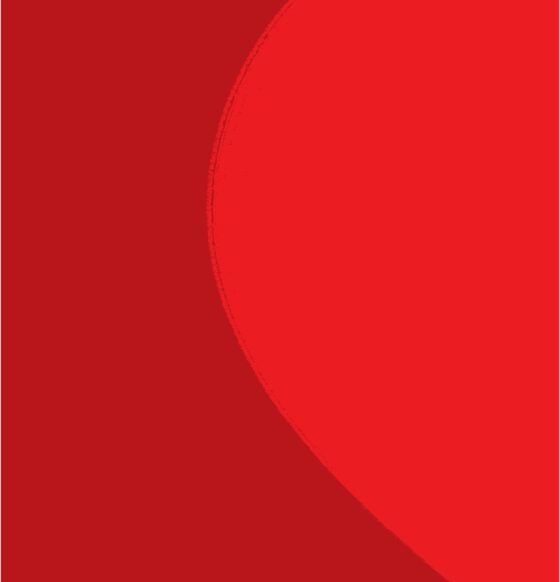I’m fascinated by cultural cross-pollination when it comes to art. The Beatles dug Buddy Holly, the psychedelic bands of San Francisco dug the Beatles, the Britpop bands of the nineties dug those psychedelic bands, and the Dandy Warhols watered down those Britpop bands. When it comes to movies, I don’t think there’s much more fascinating case study of cross-pollination than how Akira Kurosawa influenced westerns (particularly the spaghetti westerns of Sergio Leone) and they influenced him right back. Case in point, Yojimbo, starring the always magnetic Toshiro Mifune.
I feasted my eyes on this western-inspired samurai tale this weekend. One might call it an udon western. It has the trappings of the genre, including wind-swept streets, frightened villagers, and guys who walk toward each other really, really slowly. Even the music sounds like something Ennio Morricone might come up with if he had access to an orchestra of koto and shamisen players. Mifune plays Sanjuro, a samurai who stumbles into said wind-swept town to find it torn asunder by two warring factions. A moral relativist, Sanjuro takes then switches sides, playing the feud to his benefit. Here’s a trailer.
What caught my attention right away, though, was the opening sequence in which a dog emerges from out of nowhere carrying a severed human hand in its mouth. It’s an arresting image that indicates right away that this is one fucked up town. But mostly it reminded me of two other films. The first, David Lynch’s Wild At Heart features a similar dog taking off with a guy’s severed hand. The second, Bunuel’s Un Chien Andalou, famous for its eyeball-slicing scene, is equally shocking to me for the image of the severed hand with ants crawling on it. Which reminds me of the severed ear in Lynch’s Blue Velvet, which was also covered in those industrious little insects.
Yojimbo, it turns out, was remade by Leone as A Fistful of Dollars, just as Kurosawa’s Seven Samurai was remade as the vastly inferior The Magnificent Seven. But lest one think that Kurosawa was the hapless victim of artistic theft, he, too, freely tapped into other sources and stole from the best. Throne of Blood and Ran were adaptations of Macbeth and King Lear, respectively.
What makes the Kurosawa/Western (in multiple senses of the word) cross-pollination most fascinating, though, is that Kurosawa was a citizen of a country that had been very recently defeated by the West. The descendants of cowboys had defeated the decendants of samurai, yet Kurosawa appreciated the common myths between these cultures and stitched them together as if stitching together a wound. He poked the needle through one side of the gash and Sergio Leone pulled it out the other side.

Today we look to Japan as a locus of uneasy cool. Yesterday I Facebook friended one of my new favorite artists, Chiho Aoshima, who creates the most dazzling dreamscape works of art under the auspices of Takashi Murakami’s Kaikai Kiki LLC. A few years ago I attended the Japan Society’s Murakami-curated Superflat exhibit in New York and, in which vintage action figures shared space with new paintings by young Japanese artists and video installations of people dressed up in a variety of mascot uniforms. A lot of ink has been spilled about Japan’s (as Gwen Stefani puts it) “fatal attraction to cuteness,” but what I see behind the vibrant colors of these paintings and in the roiling skies of Hayao Miyazaki animations is apocalyptic dread. Like a lone samurai setting foot in a town wracked by violence, these artists seem to be looking at global culture and concluding that we’re on the brink of something awful.




